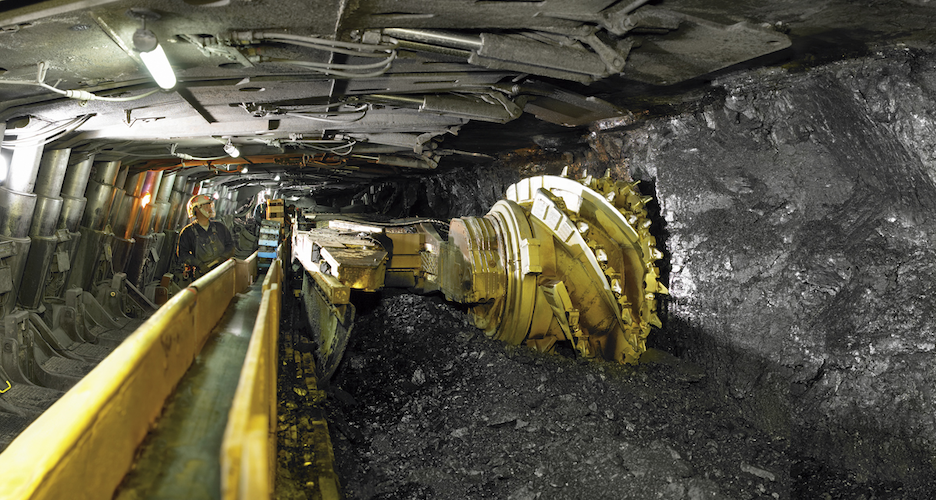
The research team used data collected from a 17-geophone array on the surface of a longwall coal mine. The array was originally set up to record the seismicity of the mine and seismic ambient noise over time, looking for potential subsurface changes.
The group first used a cross-correlation method, which compares signals from each geophone station against each other within 5-minute windows. They identified two distinct groups of waveforms in the 1-5 Hz frequency range—one containing strong and coherent signals and one without these signals.
After further analysis, the researchers were able to separate windows of time characterized by the strong coherent signals from those without the strong signals. They determined that the strong signal time windows were consistent with the progression of mining, while the other windows demonstrate the persistent seismic background noise that was expected for the region.
The researchers then used a location method on the mining-dominated windows to determine their sources. Their results over 24-hour and 5-minute time scales matched well with the position of the overall longwall operations and the location of recorded seismic events.
In their view, the method makes it possible to find different sources of seismic activity occurring simultaneously if the signals are coherent enough.
“We think the location obtained from the time windows with mining activity is dominated by the signals emerging from the longwall shearing machine,” lead researcher Santiago Rabade said in a media statement.
While the location method they used has been applied previously to track hydrothermal and volcanic tremors, Rabade and his colleagues believe that the full workflow they have described can be a powerful tool to monitor real-time seismic activity in mines, geothermal systems, fracking or wastewater injection sites, or oil and gas extraction areas.




